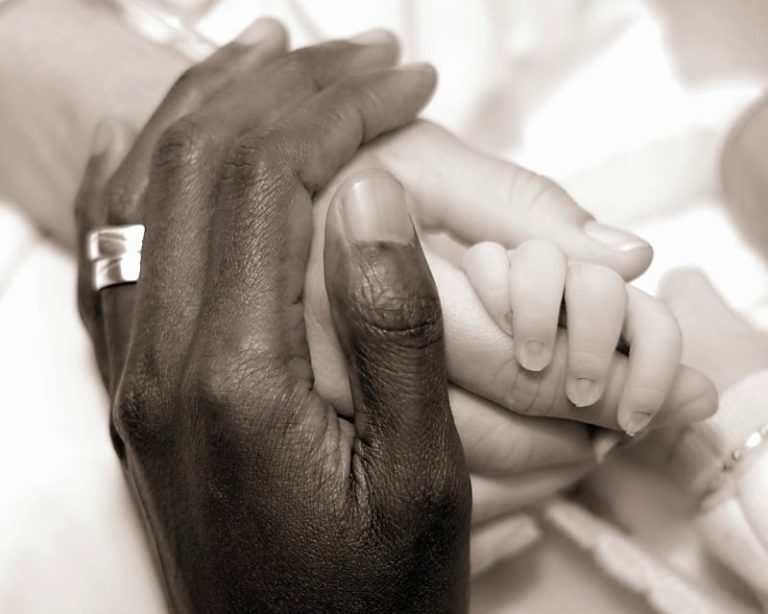
Need For Extra Counselling And Support For Stillbirth Mothers
By Dr Sikolia Wanyonyi, Consultant Obstetrician Gynaecologist and Foetal Medicine Specialist, and Professor Marleen Temmerman, Chair, Department Obstetrics and Gynaecology, Aga Khan University Hospital in Nairobi
The loss of a baby due to stillbirth remains a sad ending of a pregnancy. An expectant mother hopes to have a healthy baby at the end of the pregnancy, however this is not always the case. It is estimated that globally, over 2.6 million stillbirths occur every year, a majority of these being from sub-Sahara Africa.
The World Health Organization defines stillbirth as a foetal death after 28 weeks of pregnancy, or when a baby who has reached viable gestational age dies before birth. This is different from a miscarriage that is the loss of a foetus before reaching the age of viability. Most stillbirths occur before a woman goes into labor, and a smaller proportion happens during labor and or just before delivery.
The causes of stillbirth are many and require extensive investigations including an autopsy of the baby to be able to identify the cause. In a few instances, it is still not possible to ascertain the cause of death despite performing all the necessary investigations. Some of the risk factors that can contribute to a baby dying in the womb include foetal growth restriction which is a condition where a baby in the womb is significantly smaller than expected due to the baby not getting enough oxygen, or important nutrients from the mother.
Other reasons can be placental abruption where the placenta detaches from the wall of the uterus during pregnancy while the baby is in the womb. Symptoms for this include abdominal pain and vaginal bleeding. Maternal age over 40 years, or below 16, excessive alcohol consumption, smoking, or drug abuse during pregnancy are other risk factors.
Sexual transmitted diseases and other viruses such as rubella can also cause a baby to die in the womb. Other threats include pre-existing medical conditions such as diabetes, pre-eclampsia and hypertension. Abdominal trauma such as accidents and pregnancies far past the duration of the 42 weeks gestation period can also contribute to an expectant mother losing the child before delivery.
If a baby dies in the mother’s womb, a doctor will talk to the parents and explain the delivery options available. Parents should be counseled first before a specialist recommends the baby to be delivered either through induction of labor, or to wait for labor to start on its own. In cases where an expectant mother had a previous stillbirth, subsequent pregnancies should be monitored closely so that necessary measures can be taken to prevent another stillbirth.
It is important that the affected parents allow for investigations including an autopsy to be conducted to determine the cause of death. This is very important in counselling, especially if the couple desires to have another pregnancy. It also helps the team involved to close the gaps and know if there are any measures that could be taken to prevent recurrence.
Giving birth to a stillborn baby takes a serious toll on the health and well-being of the mother and can easily lead to postpartum depression. It can even cause social economic problems, stigma and marriage break-ups in the family. It is therefore advisable for expectant mothers to get proper access to quality antenatal care and have their pregnancy monitored carefully. Expectant mothers should be aware of their foetal movements and discuss any concerns with their doctors if they suspect something is not right.
Knowledge about the potential causes of stillbirth can be used to develop recommendations, policies and services to help prevent future stillbirths. Having an autopsy done on the baby and other tests is important to understand why the baby died before birth. If potential problems are identified, early delivery may be necessary in order to save the child’s life.
Unfortunately, in our society, stillbirth is a neglected topic and surrounded by myths and stigma, often putting the blame on the mother. A woman who delivers a stillborn baby, and their families deserve respectful and high-quality care with evidence-based clinical care guidelines, with attention to their grief, unbelief and many questions about what happened, why and how it can be prevented in the future.
Support groups such as Still-a-Mum and others, can work with the health care providers and help women, or families who have gone through similar situations cope with their losses together rather than individually. Women who have had previous stillbirths can become pregnant again, carry pregnancy to full-term and have a healthy baby.
The Government should encourage maternal health personnel to keep proper records of stillbirths for statistics and monitoring, and develop policies and clinical guidelines with measures to mitigate cases before they occur. Awareness creation, correct information and high-level care can go a long way in reducing stillbirths.




